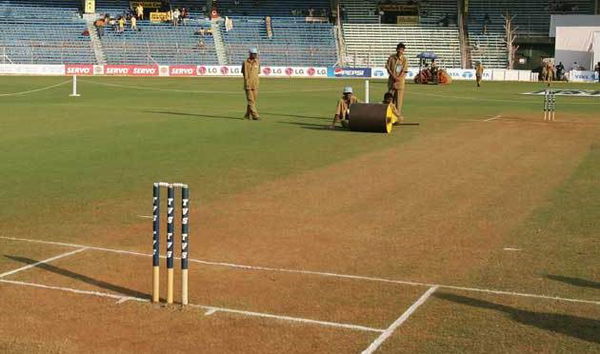

The state of the cricket pitches in India has always been a woe for BCCI, so it has decided to act smartly and cautiously. With a high profile International & Domestic seasons lined up, BCCI needs to plan out a way so that the dilapidation of the pitches due to the domestic matches don’t remain a reason of concern for the international games.
The BCCI has constantly received complaints from many state Boards in the past two years, especially from Delhi & Mumbai, both of which have been known for hosting important international fixtures and plan to do so in the future too. The Board is worried about the state of pitches that are always affected just because of the home team captain demanding them to be made for their team’s advantage.
A top BCCI official informed that, “It is certainly a matter of concern. The board has set a guideline for the local curators. The pitches for domestic four day matches have to be seamer-friendly for the first two days before taking sufficient amount of turn. It can’t be overtly grassy or a rank turner. It’s up to the state associations, especially the major international centres, to ensure the home teams don’t tamper with the nature of the pitch.
“It’s being planned to follow the guidelines related to giving rest to the venues, scheduled to host crucial international matches. ”
The official said, “This guideline has been there for some years now. But it’s good to see that the board has finally managed to chalk out the itinerary adhering to the guideline. Most centres now have more than 15 days time to prepare pitches for international matches. From now, they have enough time to pick the strip they want to play the international match on. A majority of domestic games can be played on other strips.”
Talking about the advancements in the maintenance of pitches, he said – “The curators have been briefed about technologically-advanced fertilizers which are now available in India. They should carry out the renovation of the pitches during the off-season.” Also he added finally about the revision of the committee and the scope of young curators, saying that – “There needs to be a next line of curators ready to deal with greater responsibilities once the veterans are phased out. Delhi and Kolkata are two centres who have young boys already working on the pitches.”

